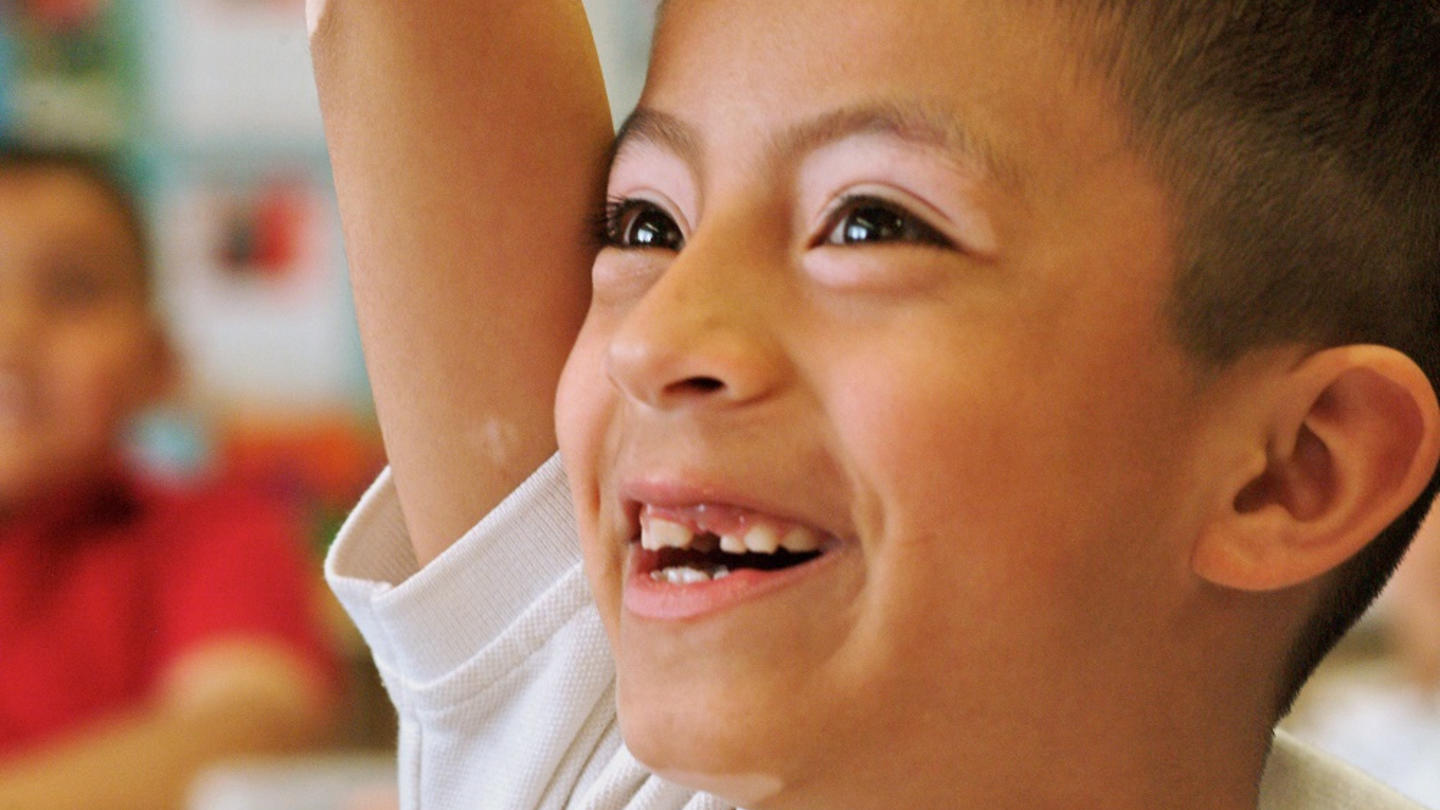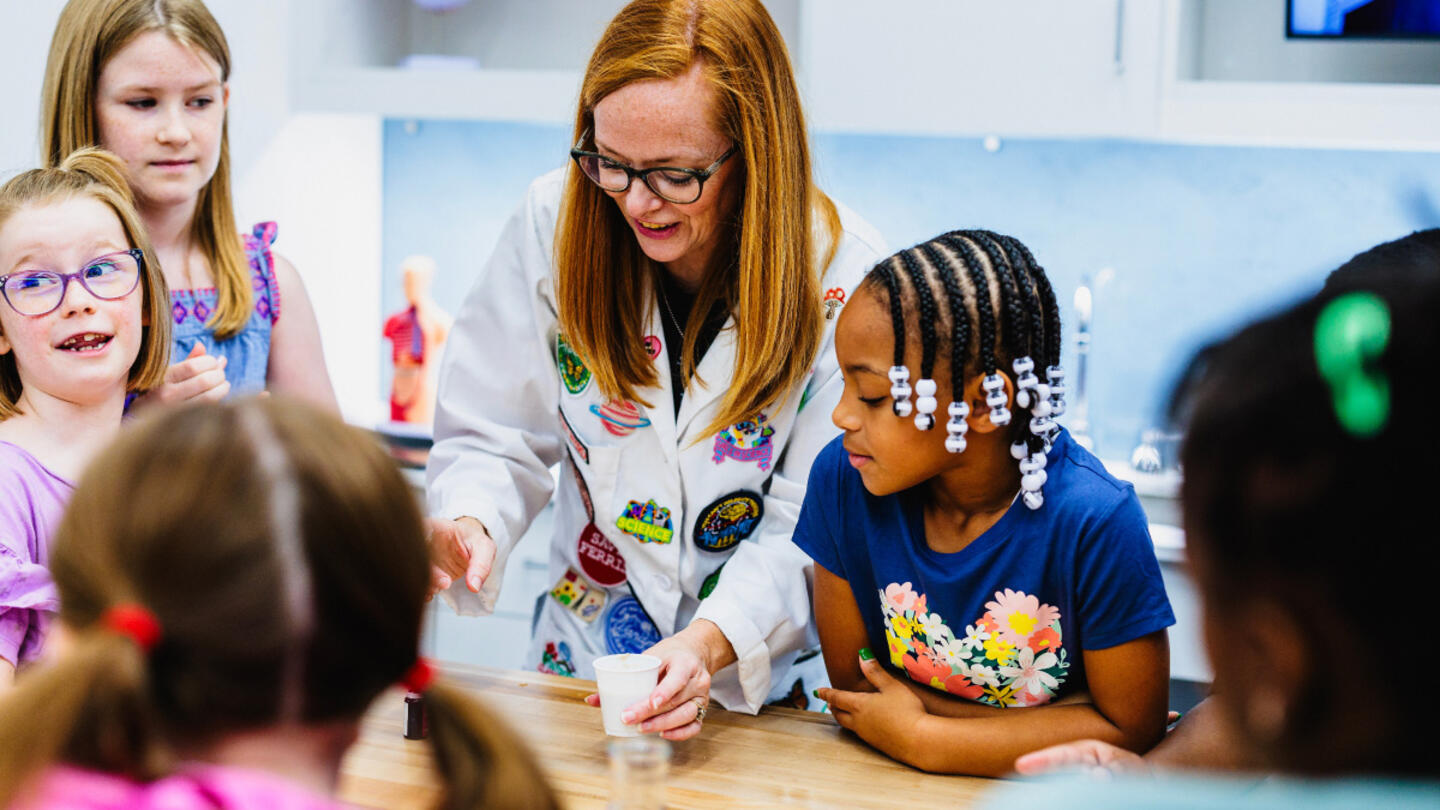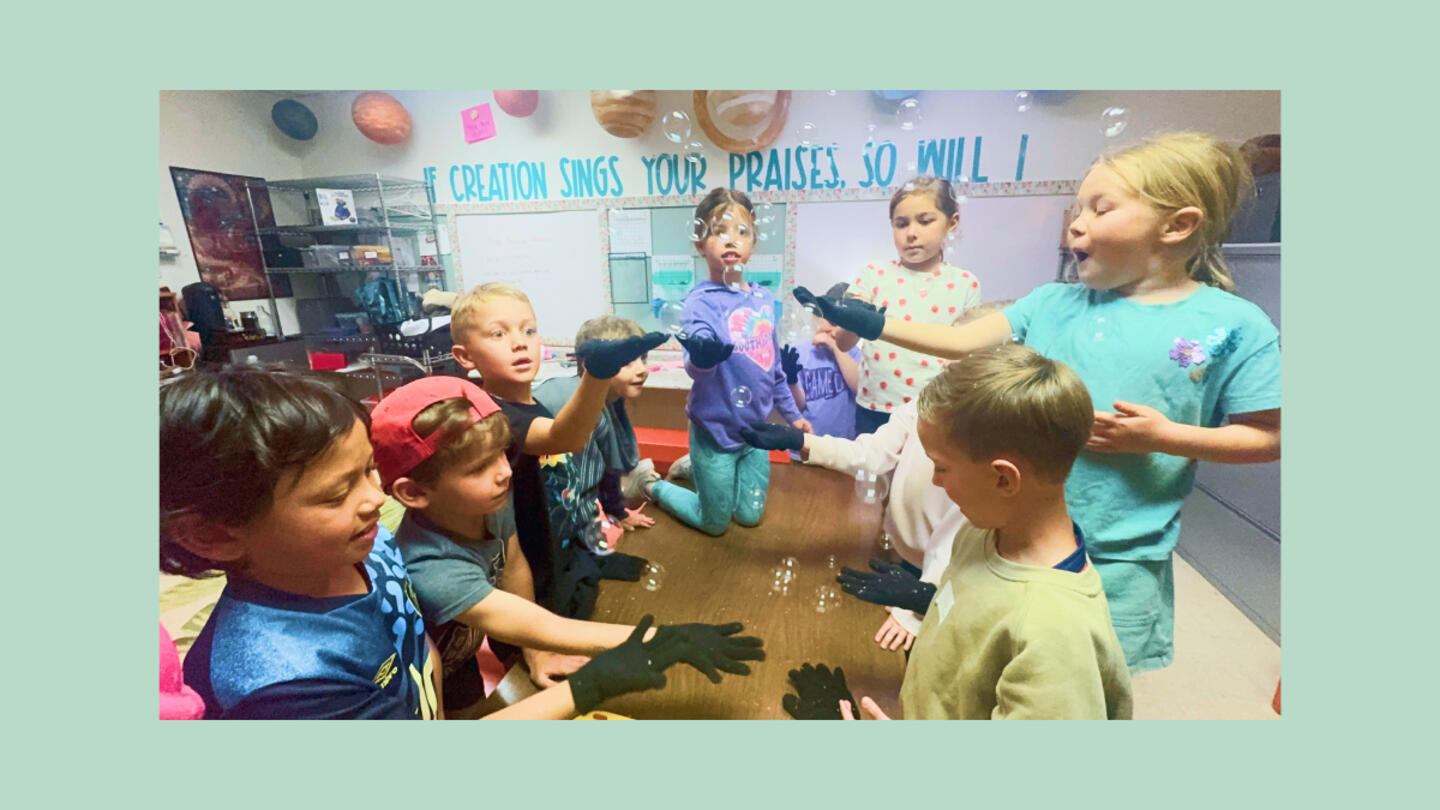As a kid, James Coleman bounced from school to school, finally settling into public middle school in Denver. James' mom saw her son falling in with the wrong crowd and knew he needed more structure and discipline than he was receiving at his public school. With an ACE scholarship, James found the supportive academic environment and strong discipline he needed to succeed. He went on to earn a bachelor of arts in psychology and a minor in business administration from Oral Roberts University. Just this month, he was sworn into the Colorado state legislature, serving the 7th District and fighting to give kids like him the same chance at opportunity.
For James, ACE gave him more than a scholarship; ACE gave him a clear path out of what was becoming a destructive cycle. That's the power of an ACE Scholarship.
In a recent blog post, we explored the complicated relationship between educational failure and poverty. A recent report found a majority of public school students come from low-income households. Of the annual 1.2 million dropouts, over 60 percent of them are low-income. A quality education is the foundation for opportunity, success, and fulfillment. For low-income students, it's critical to break the cycle of generational poverty. But, with overcrowded, underfunded, and poorly performing public schools, low-income students face monumental educational barriers on top of various environmental setbacks.
In contrast, empty seats are waiting to be filled in thousands of private schools across the country. A private school can offer a smaller student-teacher ratio that allows for one-on-one support and tailored solutions to meet a child's academic needs.
ACE Scholarships recognizes that too many low-income students continue to fail in the public school system while others thrive in private school classrooms. In 2000, ACE Scholarships was founded to help low-income students in grades K-12 gain access to quality private school education. With financial resources and support, ACE issues scholarships to low-income students to attend the private school of their choice. All recipients are low-income and qualify for the federal Free and Reduced Lunch Program.
The opportunity to receive a high-quality education radically changes not just the lives of kids but families too.
The ripple effect
John Oliver spent 14 years working closely with disadvantaged kids in Denver Title I public schools. In addition to teaching life and leadership skills, he has mentored hundreds of kids over the years. Day in and day out, he witnessed the consequences of poverty.
"I've been to too many funerals of kids over the years who've been caught up in the cycle."
The first in his family to graduate high school, Oliver knows first-hand the power of breaking generational cycles of poverty. He knows the value of education and understands the obstacles low-income children face — a reason he's worked with kids for over two decades. Today, Oliver is the chief program officer at ACE Scholarships.
Since joining ACE in 2016, Oliver has overseen program strategies and benchmarks, as well as identified new markets for ACE expansion. Oliver coordinates the organization's data analysis – both to measure the impact of a scholarship and to identify trends in low-income communities and families.
The data speaks for itself. Ninety-three percent of ACE scholars graduate from high school, compared to 65% of their peers in Colorado. Seventy-one percent of ACE scholars enroll in college, compared to 41 percent of their low-income peers.
That's not all. An ACE scholarship does not just give a child access to a new school; it changes the behavior of the family — for the better. ACE families are engaged in their students' educational journeys. They spend more time on homework, go to teacher conferences, and volunteer. ACE doesn't require increased participation of their families, but they don't have to. The opportunity to invest in their child's education has a profound, positive impact. As Oliver shared, "Their network is changing; their communities are changing; their friends are changing. Their attitude toward education changes, and they start thinking about post-secondary education." Access to better education has a ripple effect on the whole family.
So, what does ACE do differently?
The ACE difference
In a climate of despair, instability, and hopelessness, ACE gives kids a chance by building a powerful community of support between a child, parents, and the school. ACE issues partial scholarships, requiring both families and schools to contribute. By doing so, families buy into the model and become more involved, and schools are attuned to the needs of the child. At its core, ACE is building partnerships.
- ACE partners with the family. Families that make less than $30,000 a year contribute, on average, $1,750 toward tuition. With skin in the game, they do whatever it takes to make those monthly payments. They don't just pay tuition. ACE families participate in school activities, volunteer their time, stay in their homes longer, and invest personally in the education of their children.
- ACE partners with the school. Private schools value a student paying partial tuition far more than an empty desk. Schools, on average, invest almost $3,200 per scholar. When ACE partners with a school, it means more than reduced tuition for a family. ACE is activating a network of support. In Oliver's words, "We're partnering with thousands of what I would call 'kid-whisperers.' These people make less money than a public school teacher, work a longer day and a longer year, and they stay. They're not in it for the money. They're living and breathing to serve students. They commit to their calling to serve kids because they can't live life not doing it." Partnering with a school means partnering with dozens, if not more than 100, kid whisperers.
- ACE partners with the child. These kids have seen the worst, and they know failure. But with an ACE scholarship, they succeed. A key ingredient to their success? Grit. They know what it takes to work hard, and they understand the value of the opportunity to get a quality education. The difference is — they have the support to stay in it.
This unique partnership is key to the ACE model. In a climate where kids crave consistency, predictability, and stability in the midst of chaos, an ACE Scholarship is often the catalyst kids need to perform well. By giving low-income families a choice, ACE empowers them with opportunities that make all the difference.
"When we partner with a new school, we're linking arms with maybe 100 faculty. When you're linking arms with a parent who is going to work hard, a kid who's going to work hard, and a school who is saying, yes we want that kid – it's a great partnership."
That's the ACE difference.



